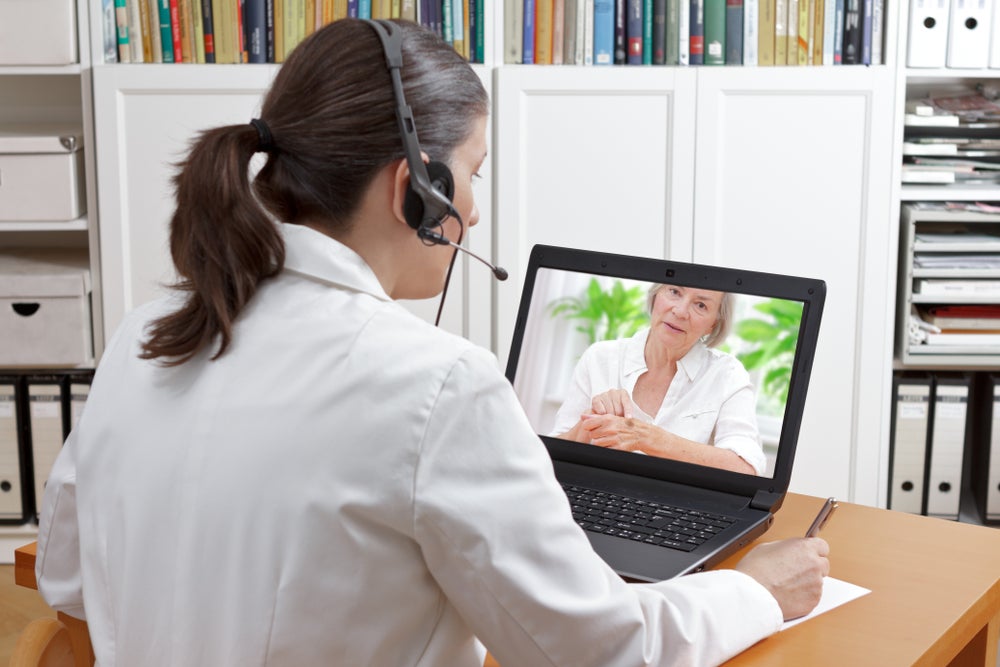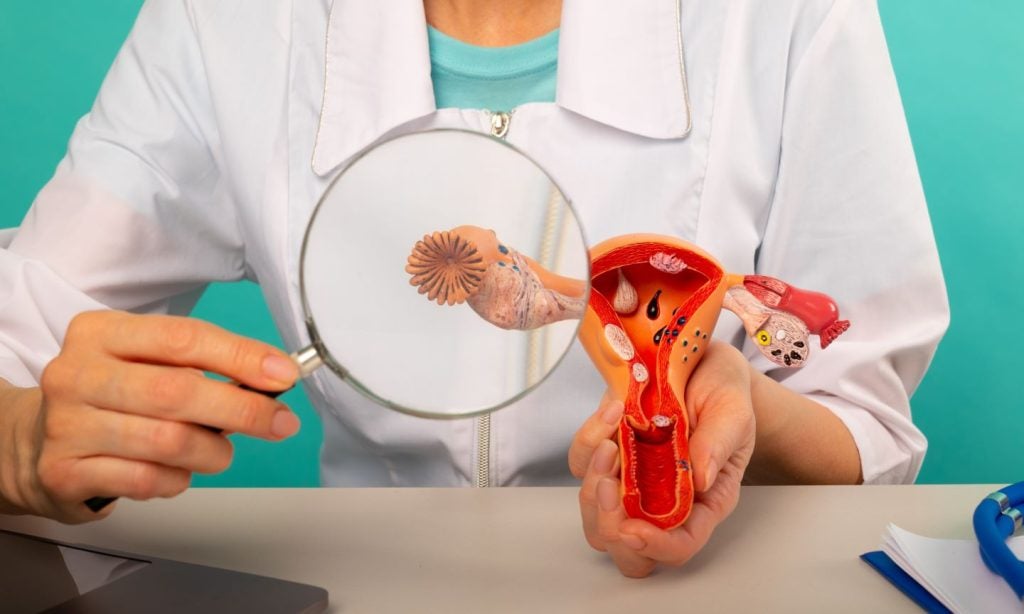
Need to know:
- Video quality of telemedicine software is inadequate to assess skin improvements making video calls unlikely to be a significant pillar in clinical trials anytime soon. Also, certain skin diseases require the sense of touch to evaluate patients.
- There is potential for video calls to check in on stable patients and collect endpoints that do not require visualisation. Remote monitoring can reduce trial overhead costs and save patient time. Photos taken daily to measure improvements can be a powerful tool to demonstrate efficacy.
- But telemedicine is highly unlikely to be fully integrated in clinical practice. Dermatologists are not reimbursed for out-of-state video call consultations; telemedicine reduces billable practical procedures to the financial detriment of practices.
Dermatologists have several technology-related reservations on telemedicine being widely integrated into clinical trials, despite noting it would improve trial site workflow. They were even more apprehensive in using remote consultations for their daily practice, because of practical limitations with existing software and reimbursement dynamics.
Lockdown measures due to the Covid-19 pandemic became a catalyst for clinicians to quickly pivot to using telemedicine in their daily practice. In the same vein, the pandemic bolstered interest in decentralised clinical trials, which can be a testing ground for how video calls would be integrated in practice at a large scale.
However, video quality was found to be a poor medium to assess skin improvements, and inadequate to measure critical endpoints that rely on the sense of touch. To this end, it is doubtful if regulatory authorities would support primary data gathering via remote assessments, experts said.
But telemedicine can reduce overhead costs in trials and save patient time. Video calls can reduce the need for multiple trial sites, with increased involvement from specialised centres alone. In turn, this may dampen the placebo effect, which has led to many late-phase trial failures, one dermatologist noted.
Low enthusiasm for video calls in practice
As for using it in regular practice, dermatologists were unenthusiastic. “I was more excited about teledermatology before the pandemic,” Northwestern University Department of Dermatology chair Dr Amy Paller said.
How well do you really know your competitors?
Access the most comprehensive Company Profiles on the market, powered by GlobalData. Save hours of research. Gain competitive edge.

Thank you!
Your download email will arrive shortly
Not ready to buy yet? Download a free sample
We are confident about the unique quality of our Company Profiles. However, we want you to make the most beneficial decision for your business, so we offer a free sample that you can download by submitting the below form
By GlobalDataExisting video call technologies do not fit in with a dermatologist’s regular workflow. For example, simple requirements for regular practice like screenshot capabilities are not easily available on all platforms or are of substandard quality.
While telemedicine presents the possibility of consultations with out-of-state patients, certain regulations disallow these sessions from being reimbursed. Further, most dermatology in-person visits involve additional billable procedures that are impossible with video calls, to the financial detriment of dermatology practices.
Telemedicine misses the sense of touch
The main challenge with telemedicine in dermatology clinical trials is poor video quality, Paller said. With existing technology, a clear view of lesions during calls may not be possible due to poor video resolution, she added. Also, there are skin diseases, such as psoriasis, where progress monitoring requires touch for texture and thickness checks on top of redness, noted Wake Forest School of Medicine dermatology professor Dr Steven Feldman.
As such, it is doubtful if regulatory authorities would allow primary endpoint data to be collected via telemedicine, noted Yale University School of Medicine associate professor of dermatology Dr Brett King. Perhaps the best argument for adopting this technology in trials is data collection outside of key endpoints, or patient-centric information that does not require visualisation, he added.
When it comes to patient-centric measures such as pruritus scores or sleep interruption, trials already provide participants with devices to record outcomes, said Northwell Health director of teledermatology Dr George Han. But the cameras in these devices are still of low quality, he noted. Access to technology can also be inconsistent or suboptimal between patients in trials where all participants are not given devices, Feldman added.
Video calls can save money and time
Nevertheless, investing in telemedicine for clinical trials would save overhead costs and patient time, said Washington University School of Medicine associate professor of dermatology Dr Brian Kim. At present, trial participants travel from different parts of the country for trial site visits, many of which can be avoided if the patient is stable, he added. There are some who fly in every week even though sites only collect patient-oriented data that do not require physician visualisation, he noted.
Also, telemedicine can improve clinical trial data by ensuring highly specialised centres are as involved as possible, Kim said. Currently, Phase II trials are run at expert sites while Phase III studies involve more practices with variable levels of expertise, he noted. This is possibly one of the reasons why Phase III trials have higher placebo rates than Phase II trials, he explained. With video calls, there is potential for only specialty sites to recruit nationally for Phase III trials allowing for better consistency, Kim added. Key endpoint collection would still be done in person, but the monitoring can be done via remote consultations, he said.
Data collected via telemedicine could also be used for marketing once a drug is approved. For example, in acne trials patients can take daily facial photos that can be converted to a video to demonstrate improvements through time, Han said. This would be a powerful tool to show clinicians and patients to visualise efficacy once the product reaches the market, he explained.
Existing technology not clinician friendly
As for telemedicine in daily practice, dermatologists were more opposed to the idea of making it a standard approach. Existing video call technologies do not have a dermatologist’s daily workflow in mind, Han said. Dermatologists need high-quality photos, and video quality can be choppy, he added. Due to poor video resolution, patients must send photos in advance, Paller said. Also, telehealth platforms usually do not have embedded functionality that allows clinicians to take screenshots during the call, Han noted.
While standard Zoom calls were allowed in the earlier days of the pandemic, all telemedicine calls now need to be done on platforms that are privacy- and security-compliant under the Health Insurance Portability and Accountability Act of 1996 (HIPAA), Han noted. The US Department of Health and Human Services website has a list of 10 vendors that provide HIPAA-compliant video communications, such as Amazon Chime, Doxy.me, Updox, VSee, Zoom for Healthcare, among others.
Teledermatology sessions reduced
Despite telemedicine becoming an essential way of seeing patients initially, in general, dermatologists are relieved to do away with it at this stage of the pandemic as it is an inefficient process, Han added. For example, if the patient forgot to take a test to rule out pregnancy—a contraindication for several dermatology treatments—before the video consultation, the dermatologist would be on hold until the patient does the test, Feldman said. In practice, the clinician can attend to other patients while waiting for these results, he noted.
Dermatologists interviewed by this news service said their telemedicine workload has dramatically decreased this year compared with the earlier months of the pandemic in 2020. This is partly because US states re-established restrictions regarding video call consultations beyond state lines, Han explained. This was significant as these restrictions disallowed clinicians from being reimbursed for video call sessions, he added. While King agreed, he noted his experience might not mirror most dermatologists as his practice is highly specialized with 30–50% of patients being out of state.
Video calls have negative financial impact on practices
Another issue with telemedicine in practice is that such sessions have a financial impact on practices, Feldman said. On top of consultation fees, almost half of all patient visits have billable dermatological practical procedures done during consultation that cannot be done virtually, Han noted.
Perhaps telemedicine is mainly adequate for patients who are stable with their existing therapies, Paller said. Also, it may be ideal for those who find travel challenging, such as epidermolysis bullosa (EB) patients who can show unwrapped wounds at home, she added. In January 2020, this news service reported that one of the challenges in EB clinical trials is that the patient can reblister while commuting from home to clinical trial site visits.







